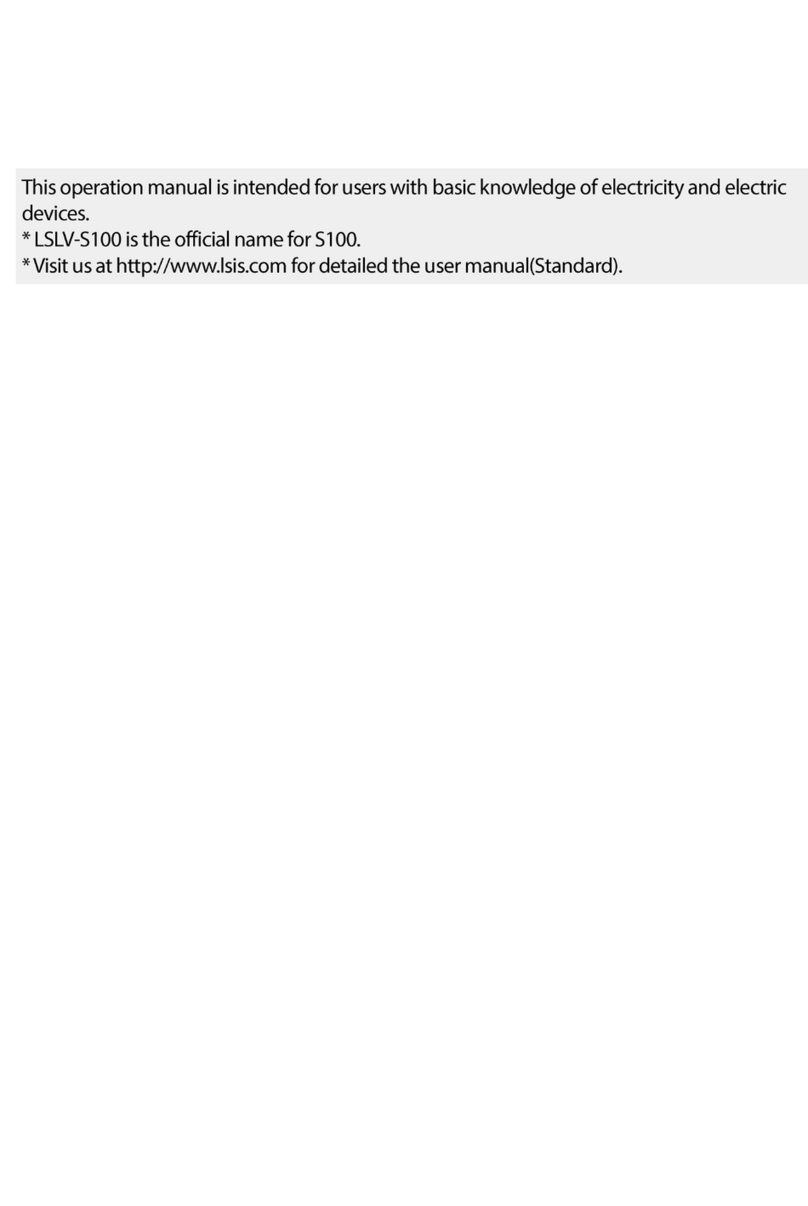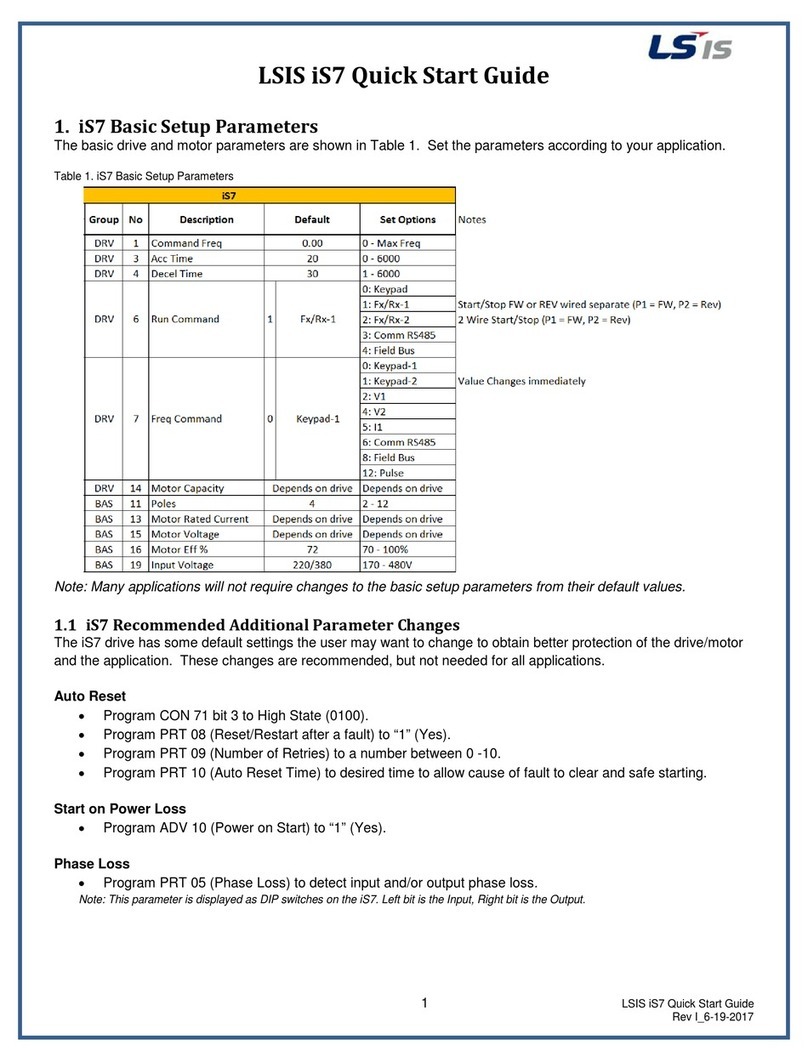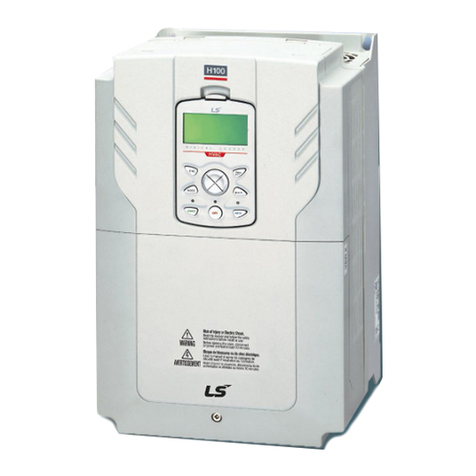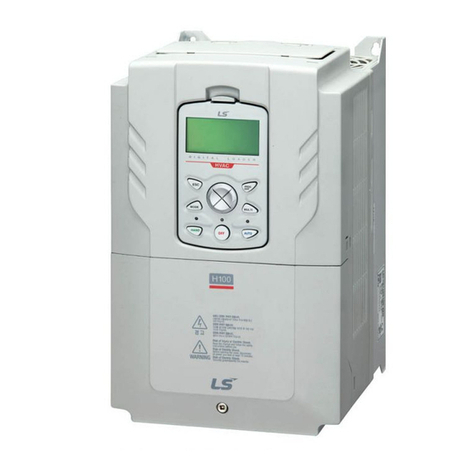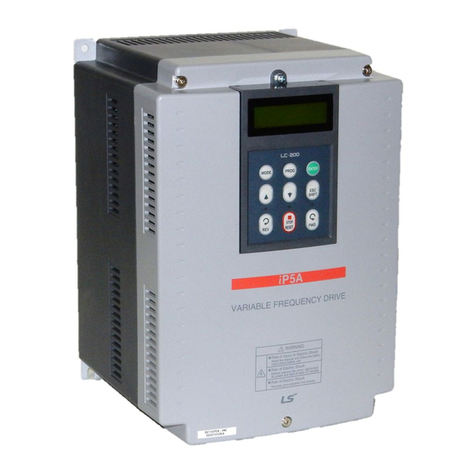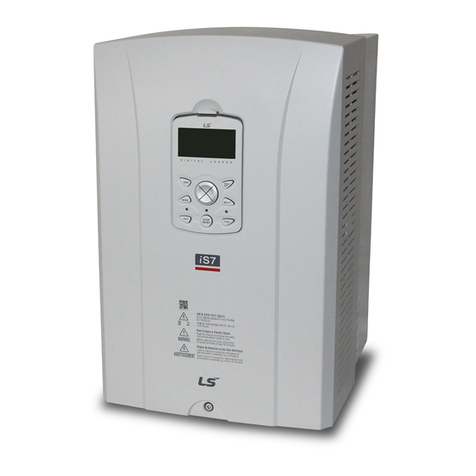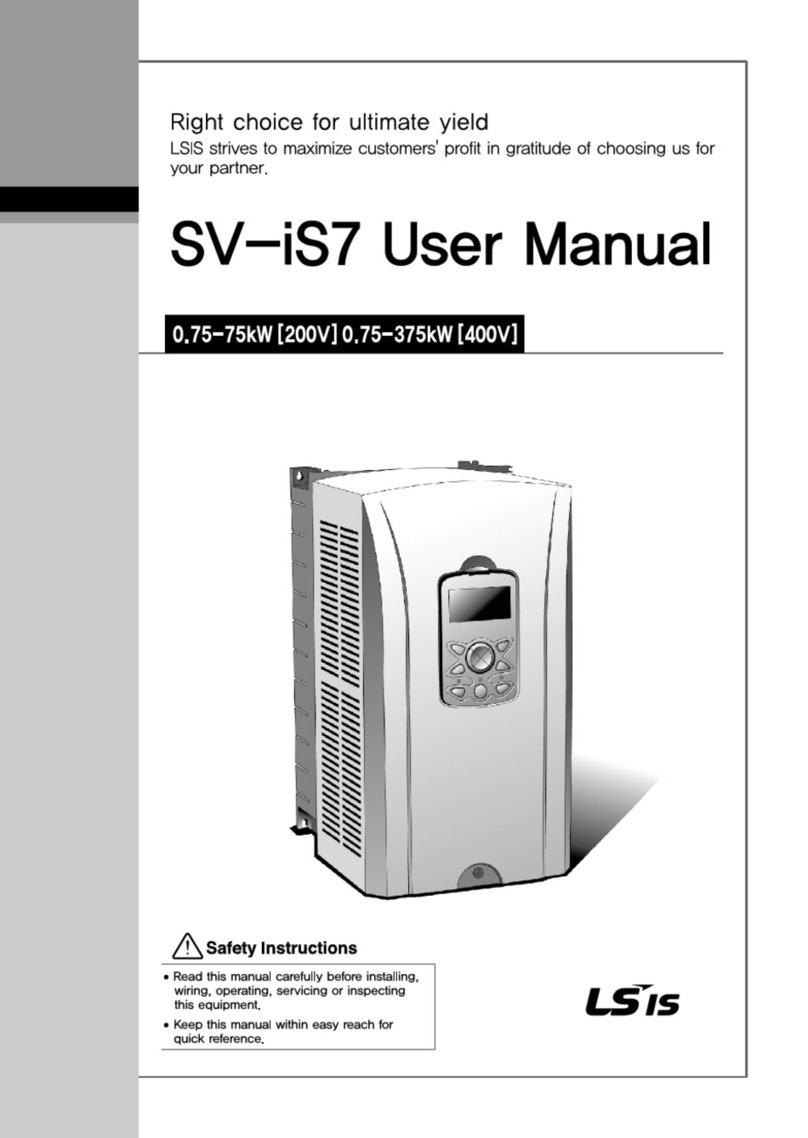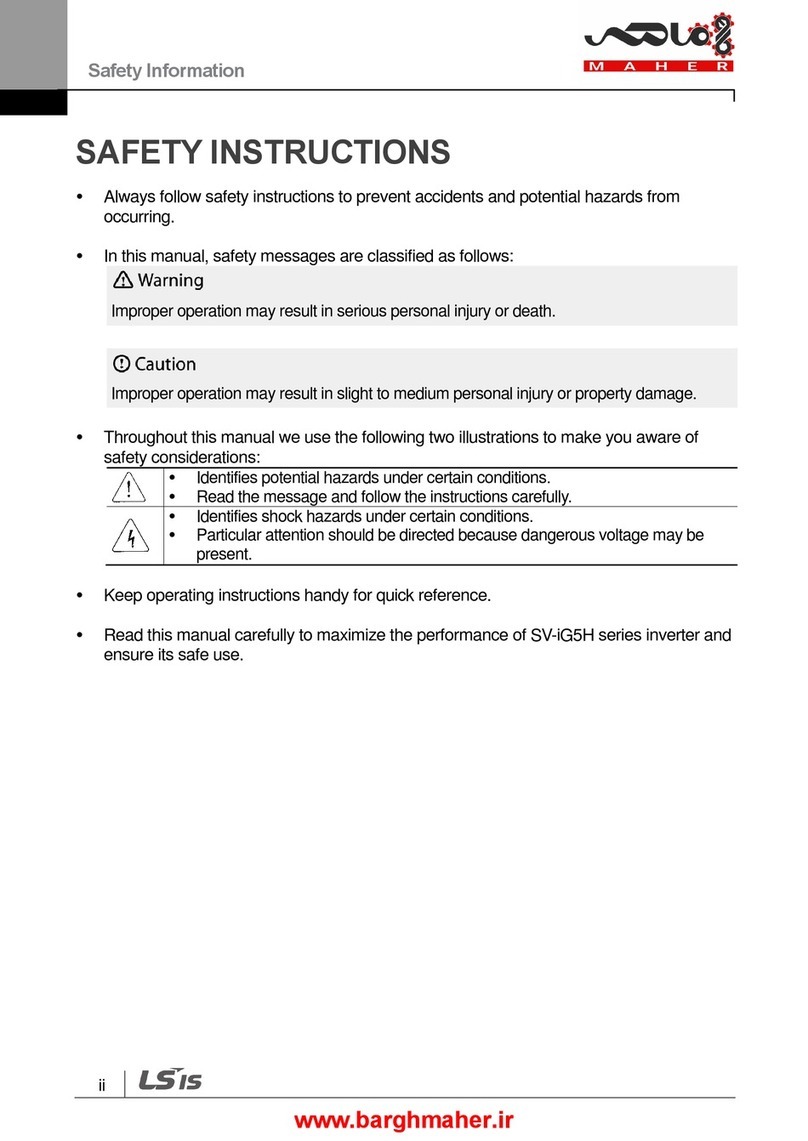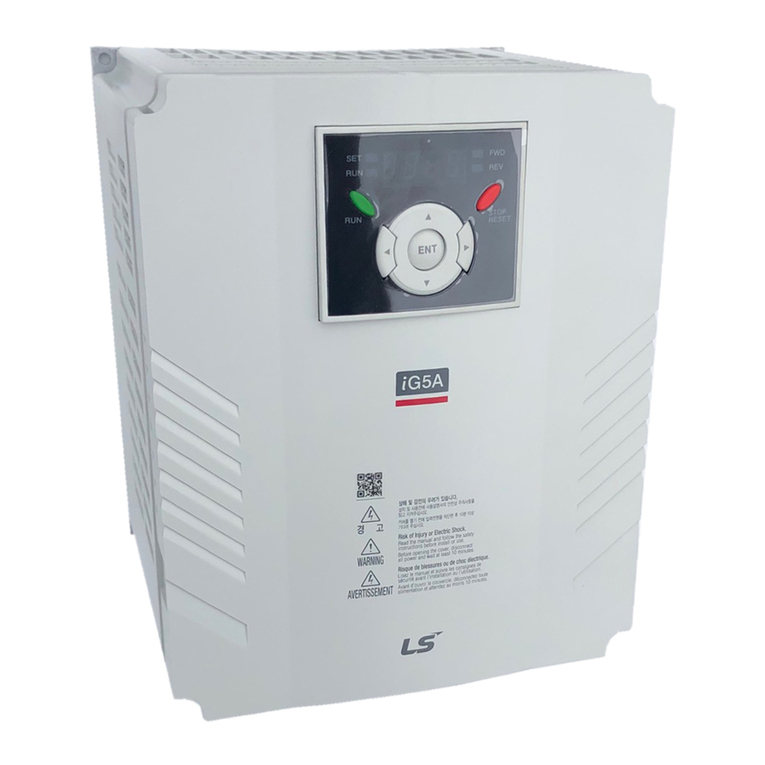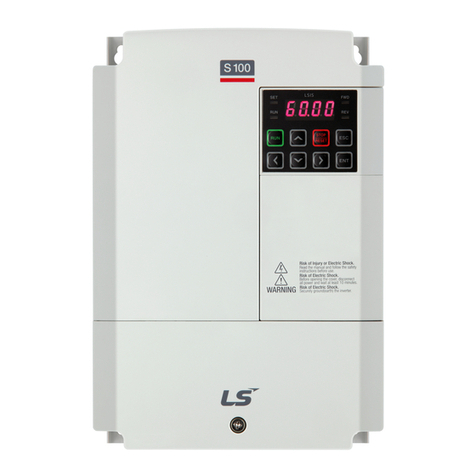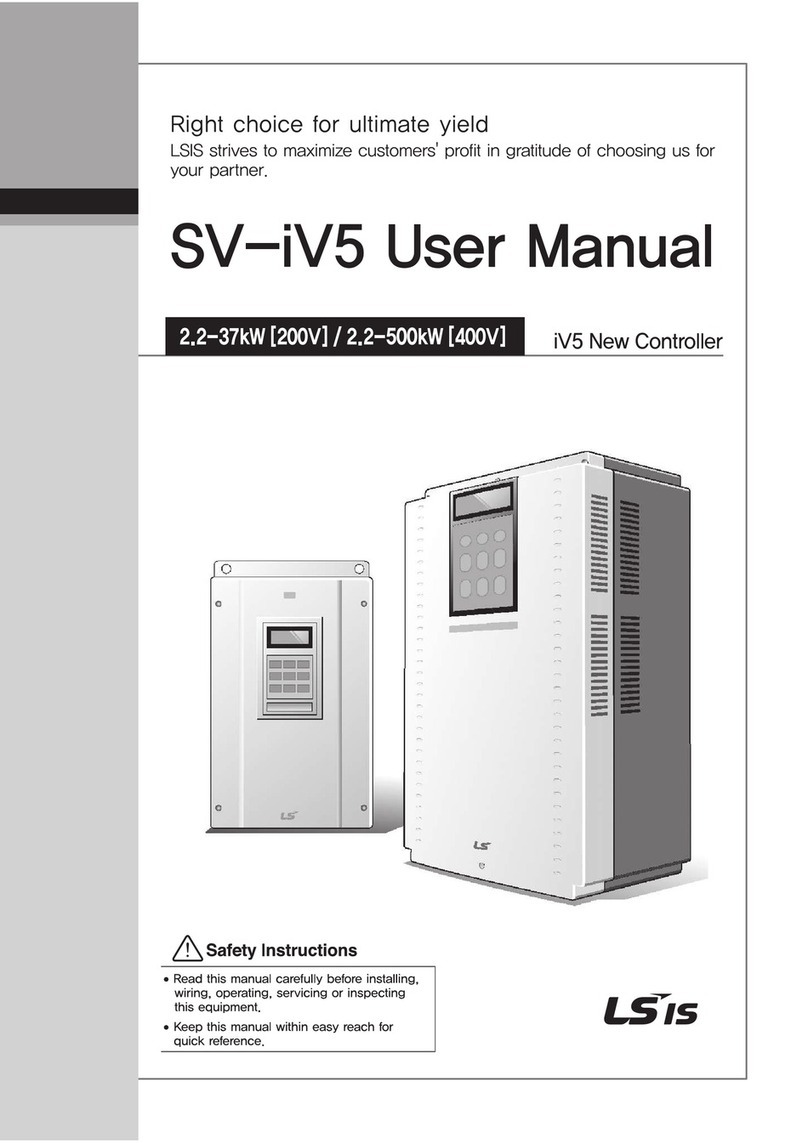
4.14.1 Manual Torque Boost .............................................................................................101
4.14.2 Auto Torque Boost-1...............................................................................................102
4.14.3 Auto Torque Boost-2...............................................................................................102
4.15 Output Voltage Setting ..........................................................................................................102
4.16 Start Mode Setting....................................................................................................................103
4.16.1 Acceleration Start.....................................................................................................103
4.16.2 Start After DC Braking............................................................................................103
4.17 Stop Mode Setting....................................................................................................................104
4.17.1 Deceleration Stop....................................................................................................104
4.17.2 Stop After DC Braking............................................................................................105
4.17.3 Free Run Stop.............................................................................................................106
4.17.4 Power Braking............................................................................................................107
4.18 Frequency Limit..........................................................................................................................108
4.18.1 Frequency Limit Using Maximum Frequency and Start Frequency
..........................................................................................................................................108
4.18.2 Frequency Limit Using Upper and Lower Limit Frequency Values 108
4.18.3 Frequency Jump.......................................................................................................110
4.19 2nd Operation Mode Setting.................................................................................................111
4.20 Multi-function Input Terminal Control ...........................................................................112
4.21 P2P Setting....................................................................................................................................113
4.22 Multi-keypad Setting...............................................................................................................114
4.23 User Sequence Setting ...........................................................................................................115
4.24 Fire Mode Operation................................................................................................................123
5RS-485 Communication Features ..........................................................................125
5.1 Communication Standards..................................................................................................125
5.2 Communication System Configuration.........................................................................126
5.2.1 Communication Line Connection...................................................................126
5.2.2 Setting Communication Parameters .............................................................127
5.2.3 Setting Operation Command and Frequency..........................................128
5.2.4 Command Loss Protective Operation...........................................................129
5.2.5 Setting Virtual Multi-Function Input ..............................................................130
5.2.6 Saving Parameters Defined by Communication .....................................131
